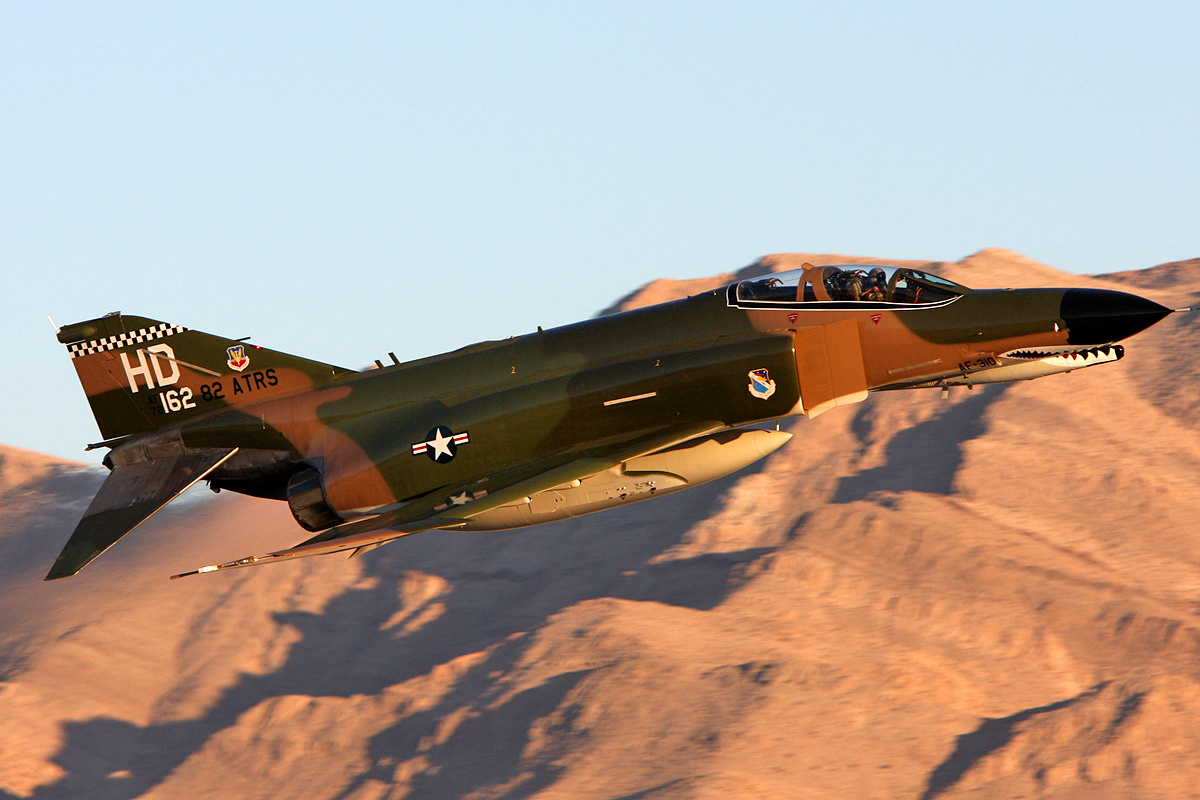- Thread starter
- #41
Oh, I thought the G-load change was due to the fact that they simply listed the maximum g-load as lower for some kind of secrecy reason. However if they did beef up the plane here and there, that would explain the discrepancy. It also would almost certainly encroach on fuel-space.
BTW: I know about the designation change. From what I recall the F4H-1F became the F-4A (not sure why it didn't become YF-4A) but the F4H-1 became F-4B.
BTW: I know about the designation change. From what I recall the F4H-1F became the F-4A (not sure why it didn't become YF-4A) but the F4H-1 became F-4B.

